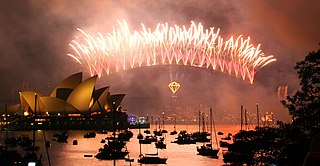
Fireworks are low explosive pyrotechnic devices used for aesthetic and entertainment purposes. They are most commonly used in fireworks displays, combining a large number of devices in an outdoor setting. Such displays are the focal point of many cultural and religious celebrations, though mismanagement could lead to fireworks accidents.

Pyrotechnics is the science and craft of creating such things as fireworks, safety matches, oxygen candles, explosive bolts and other fasteners, parts of automotive airbags, as well as gas-pressure blasting in mining, quarrying, and demolition. This trade relies upon self-contained and self-sustained exothermic chemical reactions to make heat, light, gas, smoke and/or sound. The name comes from the Greek words pyr ("fire") and tekhnikos.

A skyrocket is a type of firework that uses a solid-fuel rocket to rise quickly into the sky; a bottle rocket is a small skyrocket. At the apex of its ascent, it is usual for a variety of effects to be emitted. Skyrockets use various stabilisation techniques to ensure the flight follows a predictable course, often a long stick attached to the side of the motor, but also including spin-stabilisation or fins.

A firecracker is a small explosive device primarily designed to produce a large amount of noise, especially in the form of a loud bang, usually for celebration or entertainment; any visual effect is incidental to this goal. They have fuses, and are wrapped in a heavy paper casing to contain the explosive compound. Firecrackers, along with fireworks, originated in China.

A Roman candle is a traditional type of firework that ejects one or more stars or exploding shells. Roman candles come in a variety of sizes, from 6 mm (0.24 in) diameter for consumers, up to 8 cm (3.1 in) diameter in professional fireworks displays.

Fireworks in England, Scotland and Wales are governed primarily by the Fireworks Regulations 2004, the Pyrotechnic Articles (Safety) Regulations 2015, and British Standards BS 7114 until 4/7/17 and BS-EN 15947-2015. In Northern Ireland, fireworks are governed by The Pyrotechnic Articles (Safety) Regulations 2015, and Explosives (Fireworks) Regulations (NI) 2002.

The Montreal Fireworks Festival, is the largest fireworks competition in the world. It has been held yearly in La Ronde over the Dolphin Lake since 1985 and is named after its main sponsor, Loto-Québec. It hosts an estimated 3 million spectators each year, with approximately 6,000 fireworks set off during each show. Each summer, eight or nine pyrotechnical companies from different countries present a 30-minute-long pyromusical show, competing for the Gold, Silver and Bronze Jupiters or trophies.

Pyrotechnicians are people who are responsible for the safe storage, handling, and functioning of pyrotechnics and pyrotechnic devices. Although the term is generally used in reference to individuals who operate pyrotechnics in the entertainment industry, it can include all individuals who regularly handle explosives. However, individuals who handle more powerful materials for commercial, demolition, or military applications are generally referred to as explosive technicians.
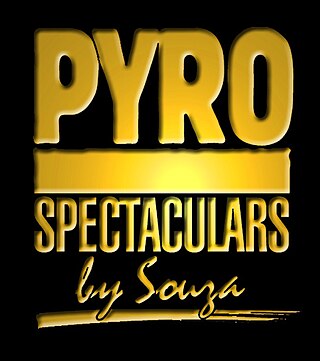
Pyro Spectaculars is an American pyrotechnics and fireworks company with its primary offices in Rialto, California. They are one of the largest fireworks companies in the world today. Jim Souza is the President and CEO of the company, which was founded in 1979 by his father, Bob Souza. The company shoots hundreds of shows each year in multiple countries, including the largest fireworks show in the United States each year. The company also conducts a series of pyrotechnics classes and seminars to train licensed pyrotechnicians.
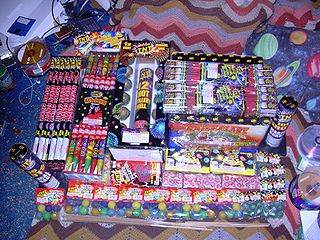
Consumer fireworks are fireworks sold for use by the general public. They are generally weaker in explosive power than the fireworks used in professional displays.

Tultepec is a city and municipality located in State of Mexico, Mexico. It lies directly north of Mexico City in the northeastern part of the State of Mexico, making it part of the Greater Mexico City urban area. The name comes from Náhuatl meaning 'hill of the 'tule'. The census of 2005 reported a population of 57,586 for the city and 110,145 for the municipality as a whole.
This is a list of worldwide fireworks competitions.

The British Firework Championships or National Firework Championships is an annual competition held in Plymouth, Devon, England, every August where judges review fireworks displays from professional fireworks companies and select the best examples.
NFPA 1123, subtitled Code for Fireworks Display, is a code created in the United States by the National Fire Protection Association (NFPA) to help prevent damage of property and injury or death of individuals during outdoor firework displays. NFPA 1123 is the registered trademark of an American consensus standard which, like many NFPA documents, is systematically revised on a fixed three year cycle.

M-80s are an American class of large powerful firecrackers, sometimes called salutes. M-80s were originally made in the mid 20th century for the U.S. military to simulate explosives or artillery fire. The "M" is designated by a U.S. military convention for "standard" equipment and "80" is for the 80 grains of flash powder within it. Later, M-80s were manufactured as consumer fireworks made from a small cardboard tube, often red, approximately 1+1⁄2 inches (3.8 cm) long and 9⁄16 inch (1.4 cm) inside diameter, with a fuse coming out of the side; this type of fuse is commonly known as cannon fuse or Visco fuse, after a company responsible for standardizing the product. The consumer version holds a reduced charge of 45 grains of pyrotechnic flash powder.
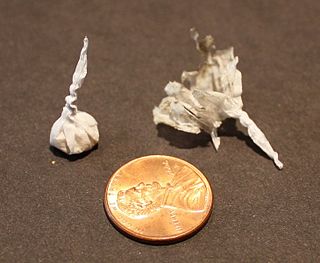
Bang snaps are a type of small novelty firework sold as a trick noisemaker.

Mexican handcrafted fireworks production is mostly concentrated in the State of Mexico in central Mexico. The self-declared fireworks capital of Mexico is Tultepec, just north of Mexico City. Although the main ingredient for fireworks, gunpowder, was brought by the conquistadors in the 16th century, fireworks became popular in Mexico in the 19th century. Today, it is Latin America’s second largest producer, almost entirely for domestic use, with products ranging from small firecrackers to large shells and frames for pyrotechnics called “castillos” (castles) and “toritos”. The industry is artisanal, with production concentrated in family-owned workshops and small factories with a number operating illegally. The relatively informal production and sales of fireworks have made it dangerous with a number of notable accidents in from the late 1990s to the present, despite attempts to safety regulations.
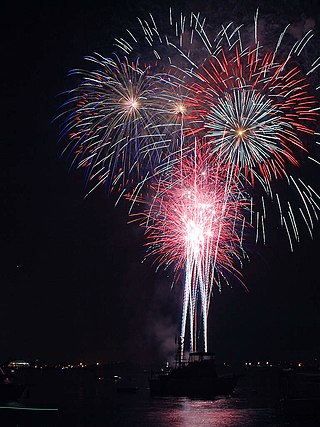
Fireworks policy in the United States can be different in each jurisdiction.















